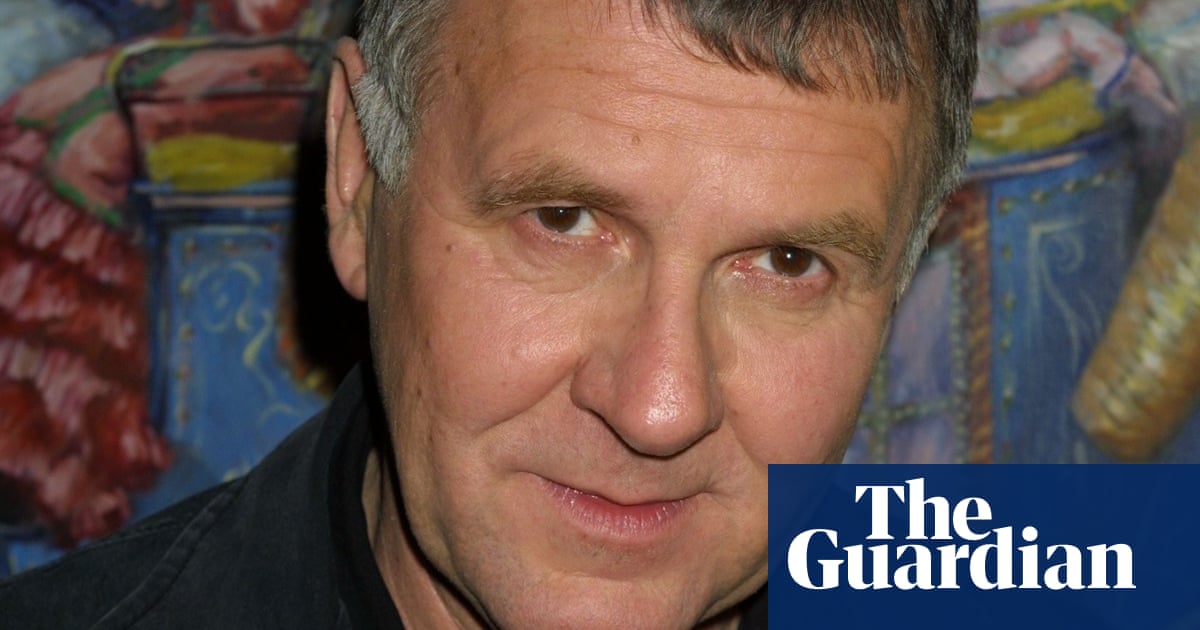
Peter Bogdanovich was the blazing night-sky comet of the New Hollywood generation whose trajectory got knocked off course a little, by personal tragedy and the contingencies of show business, but kept hurtling onwards with brilliant work and passionate cinephilia to the very end. His first four hits, Targets (1968), The Last Picture Show (1971), What’s Up Doc? (1972) and Paper Moon (1973) were somehow both thrillingly and authentically modern and yet also instantly belonged to the classic pantheon. With the touch of restless young genius, he seemed to reinvent pulp crime, the western, the road movie and the screwball comedy – in short order.
I remember Bogdanovich in 2018, frail and unwell as he then reportedly was, dominating the Venice Film Festival with two important movies showing there: his superb documentary about Buster Keaton (whose reputation and importance he typically boosted for the 21st century) and his edited, “salvaged” account of Orson Welles’s lost, sprawling movie The Other Side Of The Wind, in which Bogdanovich himself starred, satirising the trauma of the Hollywood old guard in having the baton prised from their grasp by the young Turks. And Bogdanovich sat at Welles’s feet, the way Truffaut sat at Hitchcock’s, and perhaps consciously assumed the mantle of the sorcerer’s apprentice, although learned the way all Welles’s associates learned, how capricious and hurtful Welles could be. But in his later years, taking a creative comfort in well-crafted comedy in the classic Hollywood style, he found himself being supported and bankrolled by younger proteges like Wes Anderson and Noah Baumbach who were as awestruck by Bogdanovich as he himself once was of John Ford and Howard Hawks.
I myself met him only once, at a lunch in London’s Soho to launch his very good and underrated film The Cat’s Meow in 2004, about the mysterious true-crime “Hollywood Babylon” story about the death of a film mogul aboard WR Hearst’s yacht in 1924. He was elegant, smart – a great lover of London – and very funny on the subject of being recognised for his TV acting role as the therapist of Dr Jennifer Melfi in HBO’s The Sopranos and therefore the psychoanalytical grandfather of Tony Soprano himself.
Targets was a fascinatingly strange, experimental, underrated and misunderstood work which absorbed the defiant energy of countercultural cinema, with the pulp violence of Gun Crazy or In Cold Blood or Reservoir Dogs. In one plot strand, the horror icon Boris Karloff plays something like himself; in the other plot, a kid becomes obsessed with guns and creating some real horror. The simple association was elegant, ingenious, equal to the meta-horror playfulness that became fashionable 30 years later.
The Last Picture Show is a glorious and authentic American film, set in a windblown Texan town where the town’s dying movie theatre (even in 1971, there was agonising about the death of movie theatres, when terrestrial television and televised sports were the supposed culprits) is showing Howard Hawks’s Red River as its final film. A young kid has an affair with a melancholy older woman – magnificently played by Cloris Leachman. Cybill Shepherd (with whom Bogdanovich was to fall in love) is unforgettably stylish. There is much small-town gossip and sexual tension, culminating in a quite extraordinary nude swimming scene, staggering for its calm candour, beyond eroticism, and quite unequalled by anything before or since.
In Paper Moon (another piece of Americana in black-and-white) Bogdanovich gave us one of the greatest odd couples in history and the most poignant adult-child turn since Charlie Chaplin and Jackie Coogan. Ryan O’Neal and his real-life daughter Tatum O’Neal are the daddy-daughter grifter team drifting across the Depression-era midwest tricking people out of their money with cons long and short and revealing only their own self-deception and hollowed-out lives. Bogdanovich elicited an eerily good performance from Tatum in particular.
Bogdanovich gave his love of comedy free play in What’s Up Doc? with Ryan O’Neal and Barbra Streisand, those quintessential 70s movie stars, and showed that he could construct and control the energies of comedy (as difficult as anything he had done up until then, but less likely to be critically approved, although this film did very well.)
The low point of Bogdanovich’s life came with the murder of the actor Dorothy Stratten, who was starring in his film They All Laughed (1981) with whom Bogdanovich was in a relationship, by the man to whom she was married, but separated. Bogdanovich all but ruined himself financially finishing the film which was not surprisingly tainted in the public mind by its grim history, and Bogdanovich found himself criticised for being a part of the misogynist macho culture of movie-making of which Stratten was the victim, a sentiment not entirely mollified by the fact that Bogdanovich married Stratten’s sister Louise who became his producing partner.
Bogdanovich found his comeback – though perhaps nothing like the streak of pure inspiration with which he began his career – in 1985, with the bold and heartfelt emotional drama, pointedly entitled Mask, which gave Cher a chance to prove that she was an excellent actor. It was based on the true story of a boy with a challenging craniofacial disorder. Cher played his mother, toughly confronting those who can’t appreciate her son’s inner intelligence and humanity and Eric Stoltz played the boy himself in makeup (in 2022, there would be much more of a debate about appropriate casting).
Though plagued with financial worries for a very great deal of the 80s and 90s, Bodganovich kept teaching and writing and working, making an amiable stab in his mid-70s at farce with his She’s Funny that Way. But his late masterpiece was The Great Buster: A Celebration in 2018, his inspired tribute to Keaton and The Other Side Of The Wind, which almost deserves now to be considered a co-creation with Welles’s spirit.
Bogdanovich was a native cinema genius, who in his heyday made great films as easily as breathing.












